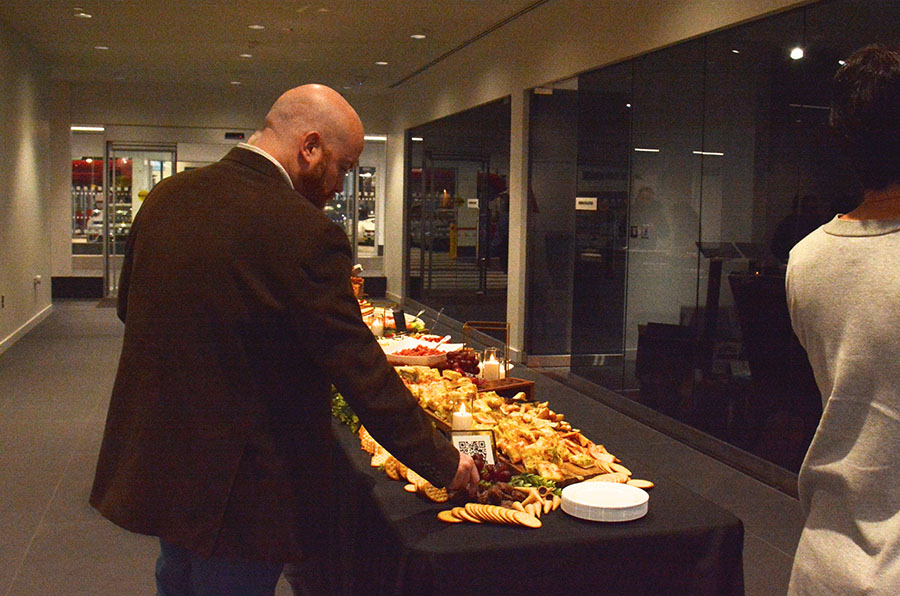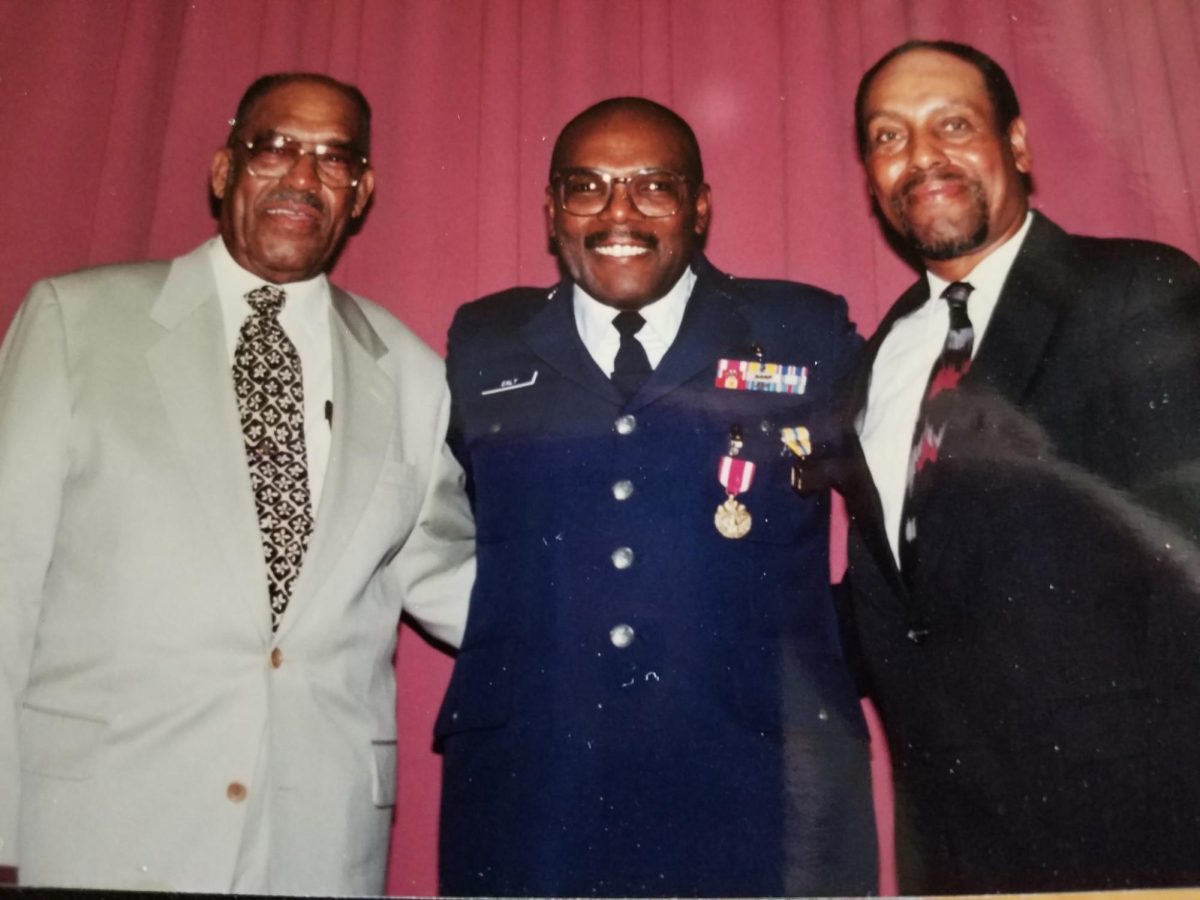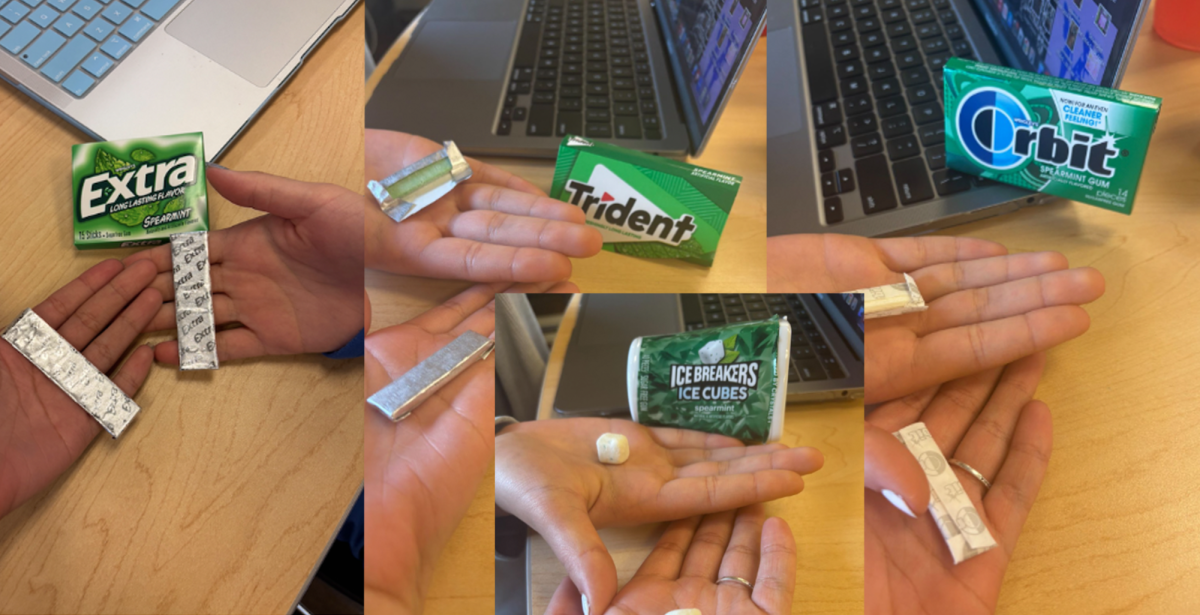BMS math teacher Amy Hazelton took a group of students from her classes to the Ohio State University in Columbus on Saturday, Nov. 4 for a special event: Florence Nightingale Day.
This annual gathering educates young people about Florence Nightingale (1820-1910), who is widely known as the founder of the modern nursing profession, also has a legacy in the field of statistics.
Nightingale was one of the most influential statisticians in history. She was a pioneer in data visualization, which she explored passionately in hopes of saving lives.
Nightingale discovered the need for data science so that hospitals could provide better care for their patients.
“What use are statistics if we don’t know what to make of them?” she would ask.
She used the knowledge she learned and the data she collected in caring for soldiers who were wounded in the Crimean War. Eventually, Nightingale also discovered how to use her skills to improve public health, and that led to the invention of the pie chart and many other practices used today.
Florence Nightingale Day explored the importance of statistics by educating students while they participated in many fun activities that incorporated the use of data science.
For example, one activity involved the use of a marshmallow catapult. Students tried to use the wooden slingshot to launch the marshmallow onto a certain target.
Many factors contributed to the success or failure of the launch including the distance, slingshot strength and angle of the catapult. To launch the marshmallow onto the target successfully, students used statistics to keep track of the results and make adjustments.
Other activities that integrated data visualization included networking (training a computer to recognize emotions) and a simple card game that explained the use of probability.
When given three different cards, students were asked to pick the one that had the highest number on it. The person holding the cards then removed one of the incorrect answers, leaving only two options. From those options, the player was allowed to choose if they wanted to stay with their original choice or switch to the other card. A basic concept of probability was used in calculating which choice (staying or switching) had the highest chance of success.
Students enjoyed learning about statistics in this way.
“I had a lot of fun with these activities,” 8th grader Nathan Mu said. “They were really interesting and I learned so much from them. I hope we can have more opportunities like this in the future.”
After the activities, participants heard from panels of speakers (professionals and OSU students) who reflected on their journey with statistics, describing how important data science was to modern society. Their insight combined with the fun activities taught students about the importance of statistics in a lighthearted way.
Florence Nightingale Day opened students up to another part of the world of math and science, showcasing Nightingale’s vast contributions to modern society. Additionally, it inspired young people to explore more about the important process of data visualization and many different uses of statistics.
“I think this is a great opportunity,” Hazelton wrote in an email to families. “Statistics has a very broad application. Not only does it involve medicine, but it also [is used in a wide range of industries] such as agriculture. Many ninth grade students told me they wanted to come back this year.”













